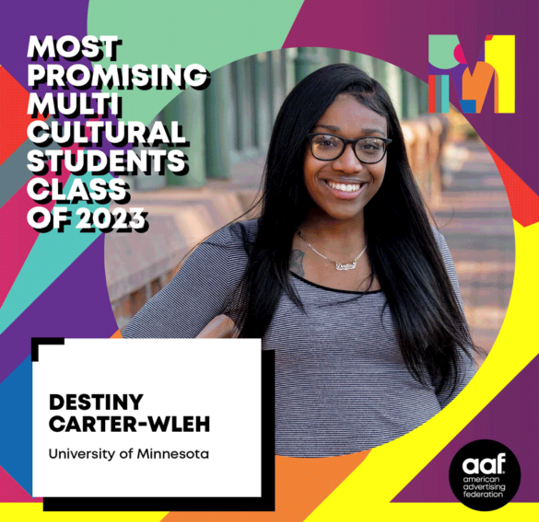During National Yoga Awareness in September, University of Minnesota faculty share their expertise on how yoga unifies the mind and body.
Katie Schuver, head of the yoga focus area, and Tenzin Namdul, assistant professor at the Earl E. Bakken Center for Spirituality and Healing, explain the practice and course opportunities at the University.
The practice of yoga
Schuver teaches three courses allowing students to obtain a Registered Yoga Credential upon completion.
Students get certified for $200 after completion of all three courses, rather than spending thousands of dollars from another organization, according to Schuver.
“It’s an incredible opportunity and the more people we get out there doing yoga, the better the world is,” Schuver said.
Yoga is meant to be personal to the individual, a unification of mind and spirit and the body coming together through wisdom, tradition, discipline and science, Schuver said.
Hatha yoga is a type of yoga focused on “the balancing of two energies: the sun and the moon, through activation, restoration, movement and stillness through physical movement,” according to Schuver.
Yoga differs from higher-intensity exercise because it allows for movement while still prioritizing the unification of mind and body, she added. Schuver’s first and second course focuses on the basic tools that aid in a “yogic lifestyle.”
As a collective, all courses unpack what Schuver describes as the eight limbs of yoga, which include posture, philosophy, lifestyle, ethics, discipline, breathing practices and meditation.
The final course takes those tools and applies them into practice, Schuver said.
Tenzin Namdul: trained Tibetan medicine doctor
Namdul received his medical degree in northern India and now works as an assistant professor at the University. His research focuses on Tibetan meditative practices and brain health, according to Namdul.
Tantric Yoga, the practice of going deeper into thought, is a Tibetan yoga tradition. Namdul describes Tantric Yoga as being attentive to sensations and absorbing sensory information going on around the body.
“It’s more about being in touch with your mind and its relationship with our body, but at a very subtle level,” Namdul said.
Namdul added that the relationship between mind, body and the environment is critical in not only sustaining one’s health but also recognizing reality and being aware of how easily human nature can affect outlooks.
Research and body image
School of Public Health professor and certified yoga instructor Dianne Neumark-Sztainer shared that yoga also has potential to help those who struggle with their body image.
The gentle movements with breathwork, paired with the grounding and reconnection with the earth, have the potential to be beneficial for those who struggle with body image, according to Neumark-Sztainer.
“It can be a really hard practice to come into one’s body when one is trying to leave one’s body, having the potential to be misused,” Neumark-Sztainer said.
Currently, she is working on research on children practicing yoga. Neumark-Sztainer is also a co-investigator in a study led by Daheia Barr-Anderson enabling a more inclusive and diversified yoga environment for adult Black women.
“The more you feel your connection to others, the more you feel a deep sense of compassion and love for your very existence,” Namdul said.

